Duluth, GA 30097
United States
Barco
Model: FS70-4K4
 Shiny new desktop computers are a favorite on peoples’ wish
lists this Christmas. Evolving technology has led to the emergence of
sophisticated new systems, boasting both visual appeal and impressive
technical features. Desktop computers are now bigger, brighter and
sharper than ever before. But when it comes to diagnostic imaging, is it
safe to mix work with pleasure? Are all-in-one desktop computers fit
for both the living space, and the radiology reading room?
Shiny new desktop computers are a favorite on peoples’ wish
lists this Christmas. Evolving technology has led to the emergence of
sophisticated new systems, boasting both visual appeal and impressive
technical features. Desktop computers are now bigger, brighter and
sharper than ever before. But when it comes to diagnostic imaging, is it
safe to mix work with pleasure? Are all-in-one desktop computers fit
for both the living space, and the radiology reading room?
Calibration of grayscale and color
Standardization is integral in diagnostic imaging, to achieve consistency in the presentation of images on different monitors, independent of the type or make of the media. In order to meet industry standards, diagnostic monitors must adhere to the DICOM Grayscale Standard Display Function.
Barco’s diagnostic displays are calibrated to meet the DICOM standard for grayscales. In addition, Barco’s Coronis UnitiTM is calibrated to guarantee consistent, perceptually linear color – an industry first.
Image stabilization and uniformity
Displays used for medical imaging need to remain stable and consistent over time. Sensors and uniformity technologies are required to ensure compliance with medical standards. Over the years, manufacturers have developed a number of technologies to stabilize the luminance of medical monitors.
Display systems may incorporate backlight sensors, front of screen sensors, or fixed or mechanical sensors. The most accurate measurements are achieved with fixed high-precision front of screen luminance photometers. These provide accurate and traceable measurements of the complete DICOM curve over the full lifetime of the display. DICOM states that high-precision photometers must be used to perform Quality Assurance. A NIST traceable photometer, such as the I-Guard sensor from Barco, is permanently attached to the display face and is internally baffled to exclude extraneous light sources.
LCD monitors suffer from inherent uniformity imperfections, which cause arbitrary patterns called noise. These unwanted non-uniformities may have a negative influence on the accuracy and efficiency of medical image readings, as they make it difficult to discriminate subtle image features. Dedicated solutions, like Barco’s Per Pixel Unifomity (PPU) and Uniform Luminance Technology (ULT), address these non-uniformities by characterizing the non-uniformity (spatial noise pattern) of the display. ULT does not alter the content of the medical image - it simply removes distracting noise in the display, in color and grayscale, resulting in improved diagnostic quality.
Centralized quality assurance
An all-inclusive online and remote service for calibration and Quality Assurance on medical display systems assures compliance with medical standards and regulations, whilst simultaneously allowing facilities to manage the entire display fleet remotely. These systems can incorporate automated DICOM calibration, quality measurement, display asset management, problem solving and comprehensive reporting. As such, assisting facilities in preparing for joint commission audits, while ensuring radiologists’ workflow remains uninterrupted.
Reading ergonomics
Medical displays come in all sizes and resolutions. It is essential to select a display that is well adapted to the radiologists’ application and reading environment. Optimal medical display systems comprise image-enhancing technologies that improve radiologists’ viewing comfort and efficiency.
Barco’s wide product portfolio enables clinicians to always find a ‘fit-for-purpose’ solution for their specific needs and preferences. Barco’s Coronis Uniti is designed to mirror a human’s natural field of vision. There is also the option for adjustable ambient lighting, to reduce eye fatigue and increase focus. The I-LuminateTM function amplifies brightness to get the most out of low-contrast details. While the SpotViewTM feature allows radiologists to focus on those sections of an image they wish to examine more closely.
When reading diagnostic images, a radiologists’ eye for detail is only as good as the quality of the images presented. Diagnostic display systems must be carefully selected to guarantee reliable representations, and support optimal reading. Performance on quality-specific features and adherence to medical standards must be considered.
When it comes to diagnostic imaging - some display systems are best left under the Christmas tree.

Create Spaces
623 S Americana Blvd, Boise, ID 83702
Boise, ID 83702
USA
2083850507
https://createspaces.com/

